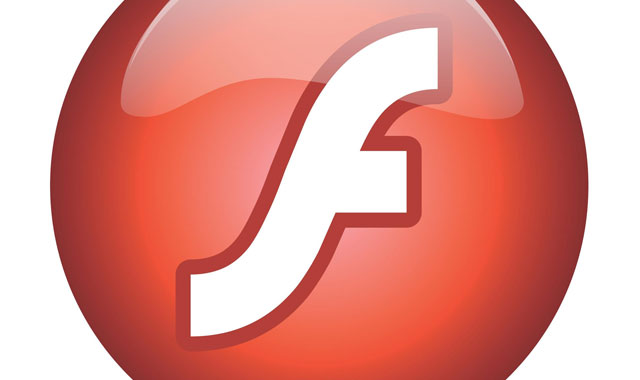 We’ve all been there. You’re happily browsing the Internet and you stumble onto a website that takes advertising a little too far. Pop-ups open, annoying sounds blare from your speakers, banners leap and shimmy around the page with seizure inducing rapidity.
We’ve all been there. You’re happily browsing the Internet and you stumble onto a website that takes advertising a little too far. Pop-ups open, annoying sounds blare from your speakers, banners leap and shimmy around the page with seizure inducing rapidity.
If only you could get rid of all that noise and just enjoy the signal. Well, you can, and many of you already have. Roughly a third of the people reading this article will have some kind of advert blocking technology installed on their computers.
Granted the audiences of technology websites are twice as likely to block ads as ordinary users. According to a report by Adobe and PageFair, 16% of American Web users block ads. That doesn’t sound like much, but it is growing fast — 41% globally in the last 12 months.
PageFair estimates that ad blockers have cost the global advertising market more than US$21bn in lost revenue in the first six months of 2015 alone — around 14% of total global ad spend. That’s in spite of the fact that only 200m people, or 6% of the global Internet population, block adverts.
This strongly suggests that people who surf the Web a lot are also more likely to block advertising. That’s not at all surprising. For most people, online advertising falls somewhere along a spectrum between mildly irritating but tolerable to unacceptably obnoxious and invasive. Given the option, many people would banish ads without much thought.
Because ad blocking still requires a level of technical knowledge just beyond the average user, the practice has remained on the margins until now. Installing a browser extension takes only a few seconds if you know how and what to search, but many ordinary people don’t even know they exist.
Part of why this is now changing so rapidly is that online adverts have slowly morphed from merely annoying to downright creepy. If you’ve shopped online in the last few years, you’ll have experienced the way that pair of shoes or fancy frying pan you considered buying follows you around the Web for weeks afterwards. You’ll be innocently reading an article on your favourite site and there those damn shoes are, giving you the puppy dog eyes.
This practice, called “behavioural retargeting”, is exceptionally effective at getting people to follow through on abandoned purchases. Supermarkets put sweets at the tills for the same reason — they know that’s where our willpower is likely to be at its lowest.
But effectiveness and comfort are often at odds with one another. Adverts that use personal data so blatantly play right into our growing fears that our privacy is being invaded by the companies that sell the ad space. Ad blocking, once a convenience, is now becoming a political and ethical statement for many people.
To make matters worse, Adobe Flash, for decades a fundamental build block of online advertising, is on its deathbed. Most mainstream Web browsers now block Flash content from loading unless explicitly told not to do so. There are viable alternatives — particularly HTML5 — but the change will be painful.
Even the holy grail of online advertising — the smartphone — is now under threat. Apple’s latest mobile operating system, iOS 9, allows apps to detect and block adverts. Several ad-blocking apps launched the same day as iOS 9 and immediately shot up the rankings of the most downloaded apps. The prospects of the Web banner have never looked so bleak.
Publishers are naturally dismayed by this trend and are fighting back. The Washington Post’s site now detects whether you have an ad blocker installed and refuses to load until you disable it. YouTube now forces ad blockers to watch the short adverts before its videos by disabling the skip button.
For the content owners and advertising firms, opposition to ad blocking is nothing less than a holy crusade against freeloaders. In this world view, blocking adverts is akin to theft. But they are unlikely to win this arms race. As with online piracy and hacking, the many will always find a way to circumvent the few.
A more fruitful tactic would be to find better, more interesting and less creepy ways to reach customers. One obvious avenue is “native advertising”, also known as content marketing. In this paradigm, advertisers present their messages as interesting content, whether articles, videos or infographics. When done well, this content can be extremely popular with readers.
Many publishers and readers are deeply uncomfortable with this approach. It blurs the lines between editorial content and advertising, straining one of the fundamental taboos of the industry. Though this sponsored content is (usually) clearly marked, the mistrust of audiences is growing.

A growing number of advertisers, frustrated with the declining effectiveness of online advertising, are now completely circumventing publishers. Creating and distributing your own content has never been easier or more cost effective. Why pander to the restrictions of snobbish publishers when you can become the publisher? Content marketing firms are booming as a result.
Online advertising is a victim of its own success and popularity. Because creating and distributing online adverts is so much cheaper than traditional channels, the market has become flooded. Coupled with the rapid growth in cheap online ad space, we now have a channel in which the only way to be noticed is either to scream the loudest or to follow someone around like a peeping tom.
Until now audiences have tolerated this growing cacophony, but the tipping point is fast approaching. At the current rate of growth more than a billion people will be blocking ads by the end of this decade. Instead of clamping down or moralising, the entire advertising market should engage in some soul searching. When the people you’re trying to talk to don’t want to listen, it’s probably your fault not theirs.




